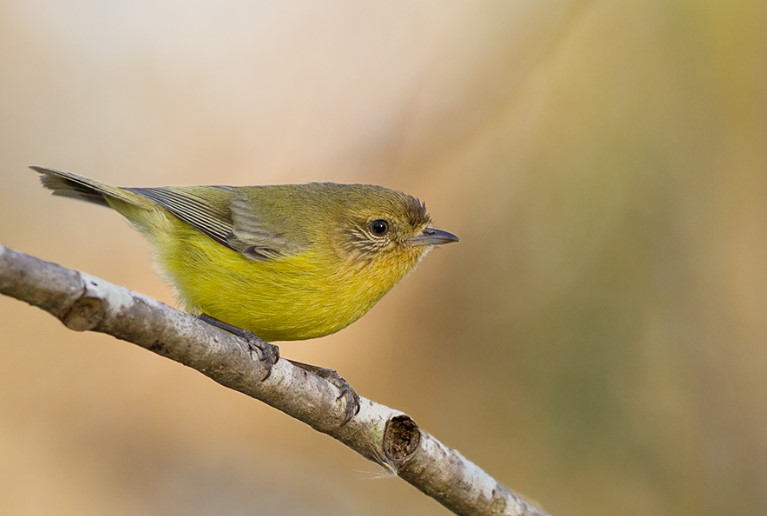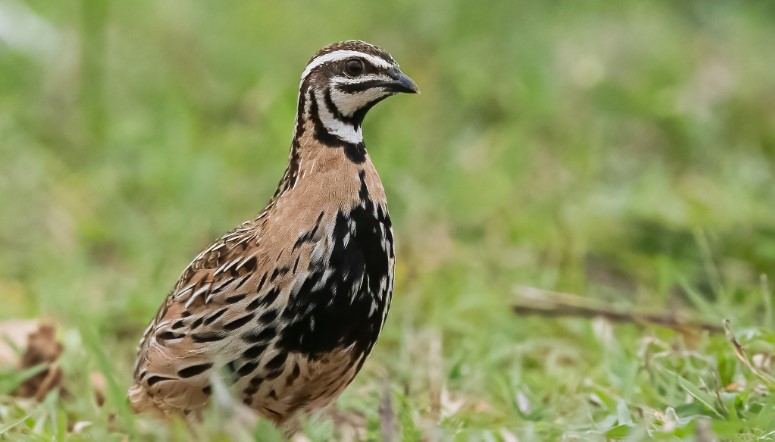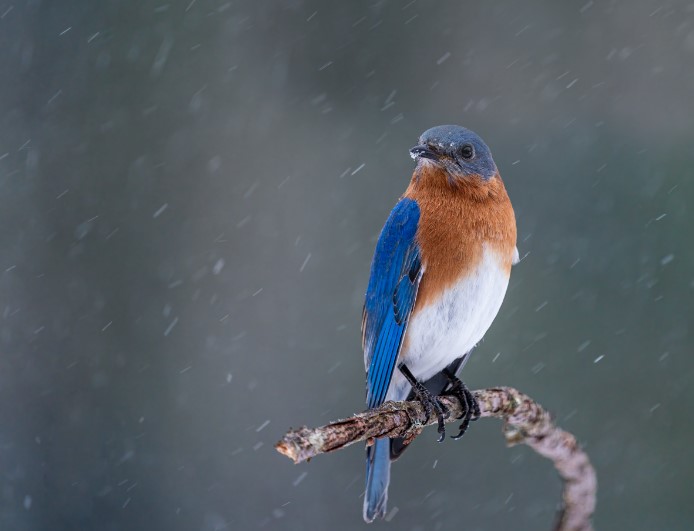Identification: Velvet-purple Coronet is a spectacular medium-sized coronet that has a black head, primaries, and central tail feathers, white tail sides, and small white leg puffs. The throat patch, crown, back, and belly are shining violet-blue, while the rest of the wings, back, and rump are more turquoise-green. The female has a black forehead and less extensive iridescence.
Diet: The species is uncommon and may be difficult to observe, especially as it feeds up to the treetop level, taking both nectar and insects. The male holds a feeding territory. The bird also captures small insects by hawking from a perch.
Sound: In courtship, the male displays by circling the female, singing a sequence of shrill and scratchy notes, and hovering with the tail fanned. The series of alternating harsh and soft whistles, ‘si, siii, si, siii, si, siii…
Nest: The female constructs her cup-shaped nest, woven from moss and lichen, on a horizontal branch.
Range: The species is a regular and common visitor to feeders at sites between Nanegalito and Mindo in northwestern Ecuador. Velvet-purple coronet is commonly found in the Pacific slopes of the western Andes in southwest Colombia and northwest Ecuador.
Habitat: Velvet-purple coronet found in damp, dense forest, forest edges, and clearings; 1,150–7,200 ft (350–2,200 m). This little gem is usually inhabiting the interior and edges of wet mossy forest, but it can also be observed in shrubby landscapes.
Migration: This bird is usually sedentary, but seasonal elevational movements are identified in Colombia.
Size: Length: 43⁄8–43⁄4 inches (11–12 cm). Weight: 8–8.5 grams
Scientific Name: Boissonneaua jardini
Family: Trochilidae
Status: Least Concern, but population thought to be decreasing.
Read More: Mangrove Hummingbird







